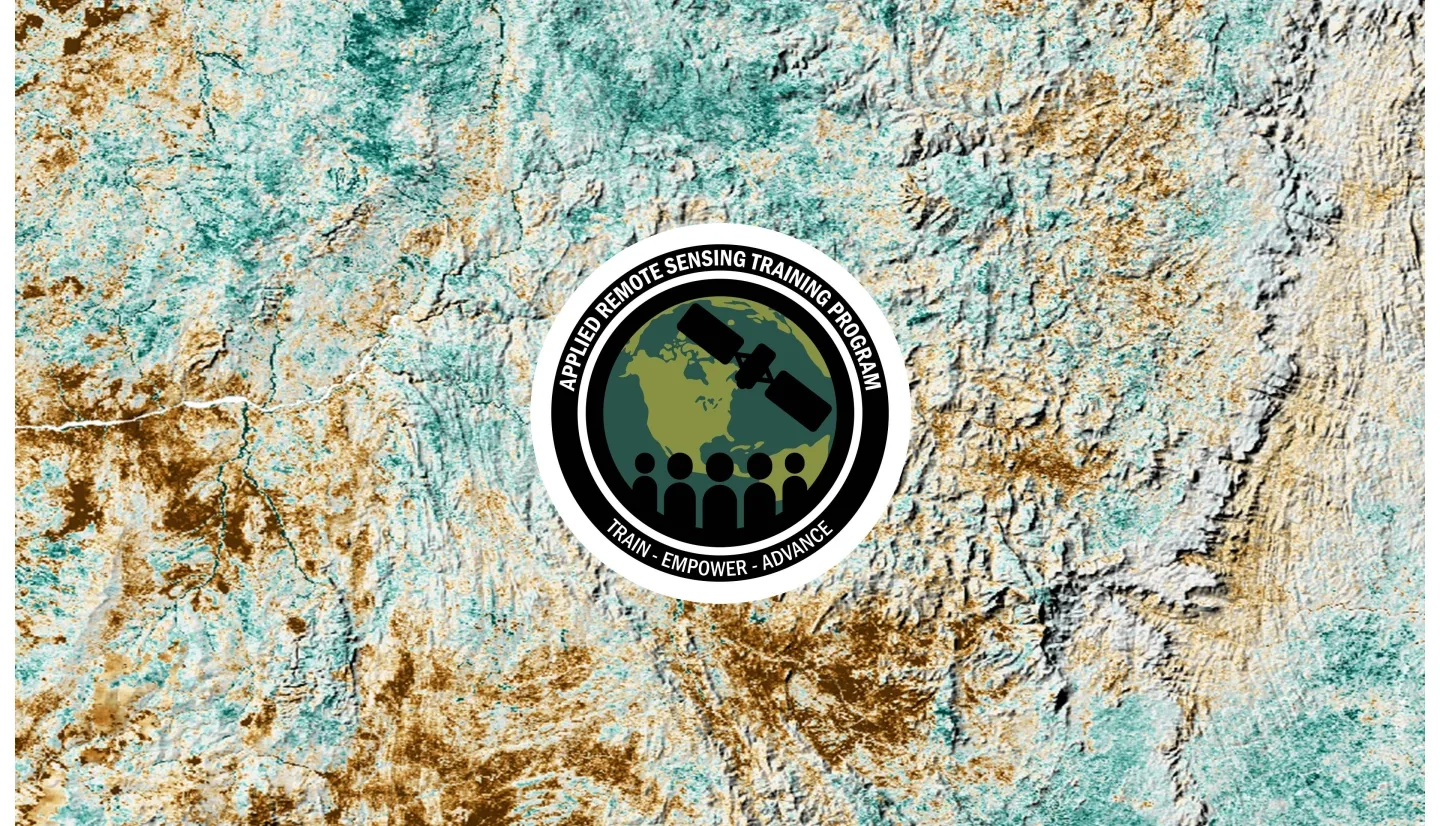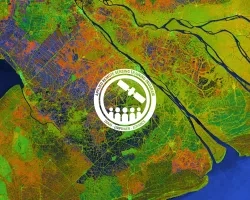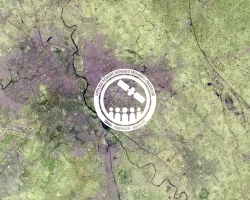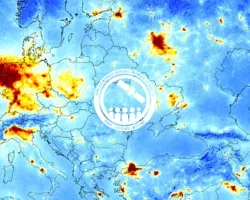Description
This training will provide an overview of spectral indices for land and aquatic applications as they are calculated with a QGIS platform. Specifically, this training will begin with an introduction to the Normalized Difference Vegetation Index (NDVI), along with its calculation, uses, and applications in diverse thematic areas (agriculture, disasters, etc.). We will review additional land-based indices such as the Enhanced Vegetation Index (EVI), Soil-Adjusted Vegetation Index (SAVI), and Normalized Burn Ratio (NBR). Finally, we will concentrate on spectral indices primarily used in aquatic ecosystems, such as the Normalized Difference Chlorophyll Index (NDCI), Normalized Difference Aquatic Vegetation Index (NDAVI), Floating Algal Index (FAI), and Normalized Difference Turbidity Index (NDTI) for aquatic applications.
Not only will these sessions discuss the correct circumstances under which to use these indices, but participants will also take part in hands-on indices calculation over relevant study areas. Case studies using indices for land and aquatic applications will be highlighted.
This training is also available in Spanish.
By the end of this training attendees will be able to:
- Describe data sources, data processing, and applications for indices related to land and aquatic environments.
- Calculate indices related to environmental monitoring in both land and aquatic systems using the QGIS raster calculator tool.
- Identify which indices are appropriate for land versus aquatic monitoring.
Primary target audience: Technicians and Land/Resource Managers
Secondary target audience: Students in Geography, Ecology, and other Earth-observing fields
- One 90 minute session
- Includes a 30-min Q&A session
If you wish to follow the demonstration associated with this webinar, please complete the following:
A short tutorial is available through the ARSET learning management system that walks you through how to download and install QGIS for a Windows operating system.
Note: If you do not already have an account for the ARSET learning management system, you will be prompted to create a free account before you can take this training.
- Describe data sources, data processing, and applications for indices related to land and aquatic environments.
- Calculate indices related to environmental monitoring in both land and aquatic systems using the QGIS raster calculator tool.
- Identify which indices are appropriate for land versus aquatic monitoring.
Materials:
- Presentation Slides
- Homework (Due March 13, 2025)



